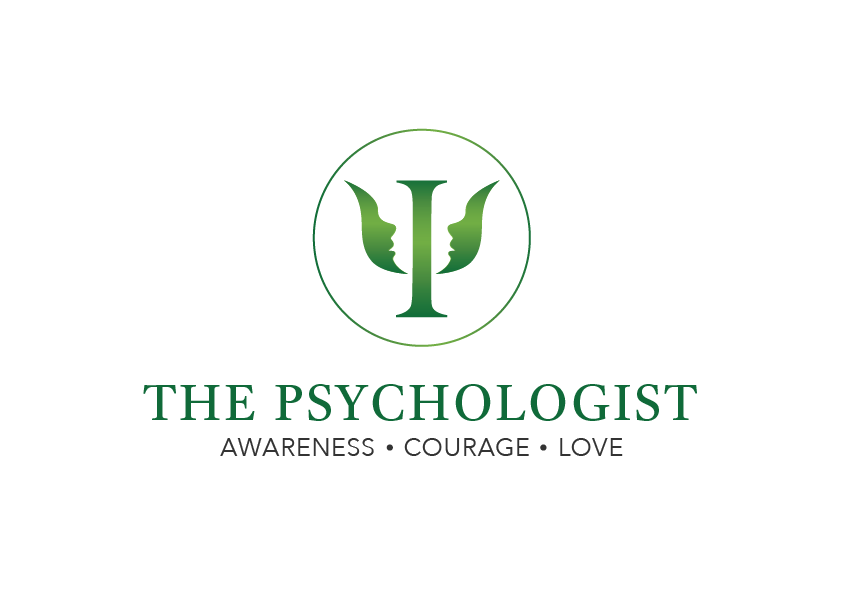Panic or Heart Attack? When Fear Feels Fatal
It happened to Marcus*, a 37-year-old working professional in Singapore, on an ordinary Wednesday morning. Chest tightness. Sweaty palms. Heart pounding out of his chest. He thought, "This is it. I’m having a heart attack."
At the A&E, doctors ran tests. The ECG? Normal. Blood pressure? Slightly elevated. Heart? Fine. The real diagnosis? A panic attack.
The Overlap: When Panic Imitates the Heart
Panic attacks and heart attacks can feel frighteningly similar, shortness of breath, chest pain, dizziness, and a feeling of impending doom. The difference? While heart attacks stem from blocked arteries, panic attacks arise from intense anxiety surges, often without a clear trigger.
Many in Singapore, like Marcus, mistake panic for cardiac distress, leading to repeated ER visits and ongoing fear. Unfortunately, this confusion can delay both timely cardiac intervention in true emergencies and appropriate mental health care for recurring panic.
What Causes a Panic Attack?
A panic attack is a sudden rush of intense fear or discomfort, peaking within minutes. Causes vary but often include:
Stress or trauma history
Genetic vulnerability
Medical or substance use triggers
Underlying anxiety disorders
In Singapore’s fast-paced, high-expectation culture, it's no surprise that more are reporting these episodes, though stigma still keeps many silent.
Signs to Look Out For
Common symptoms of panic attacks include:
Chest pain or tightness
Racing or irregular heartbeat
Shortness of breath
Nausea or light-headedness
Trembling, chills, or hot flashes
A fear of losing control or dying
Heart attacks may present similarly, but often involve:
Pain radiating to the jaw, arm, or back
Nausea with cold sweat
Worsening symptoms with exertion
Still unsure? Seek medical help first. Always rule out a cardiac cause.
The Emotional Toll of Panic
Even a single panic attack can leave lasting scars - constant worry, sleep disruption, avoidance of triggers (like MRTs or lifts), and in some cases, agoraphobia. Loved ones may not understand or believe what’s happening, leaving individuals feeling isolated and ashamed.
And here's a myth worth busting: “It’s all in your head.”
No, panic attacks are real, with physiological responses that feel very much like a crisis.
Hope, Help, and Healing
With Awareness, we can learn to differentiate and act wisely. With Courage, we can seek professional support. And with Love, we create a safe space to heal.
Psychological treatments like Cognitive Behavioural Therapy (CBT) are highly effective. Therapy helps individuals:
Identify triggers and patterns
Challenge catastrophic thinking
Learn breathing and grounding techniques
Rebuild confidence and resilience
In more persistent cases, a psychiatrist may recommend medication alongside therapy.
What You Can Do—For Yourself or Someone Else
Don’t ignore symptoms. Seek medical advice.
If it’s panic, consider therapy. Early intervention helps.
Practise deep breathing, mindfulness, or progressive muscle relaxation.
Speak to someone you trust — friend, family, or therapist.
Encourage loved ones without judgment. Listen, don’t fix.
Final Thoughts
The body remembers fear. But it can also relearn safety.
If you or someone you love is experiencing overwhelming anxiety or unexplained physical symptoms, you’re not alone. Let’s talk about it. Because what feels like a heart attack could be a heart in distress, not from blocked arteries, but from bottled fear.
Start your journey with us today. We’re here — with awareness, courage, and love.
[Marcus is a pseudonym to protect identity.]
